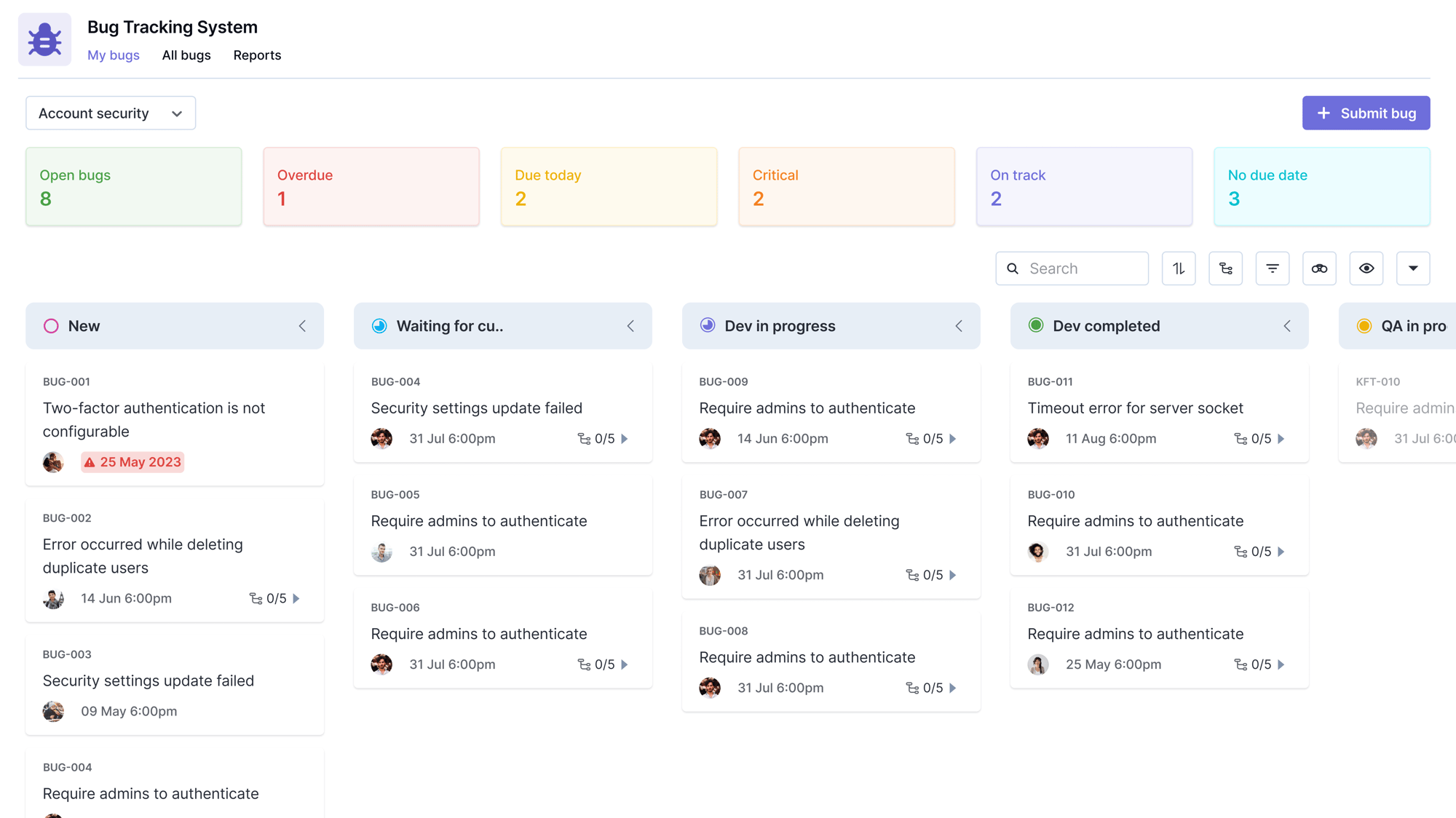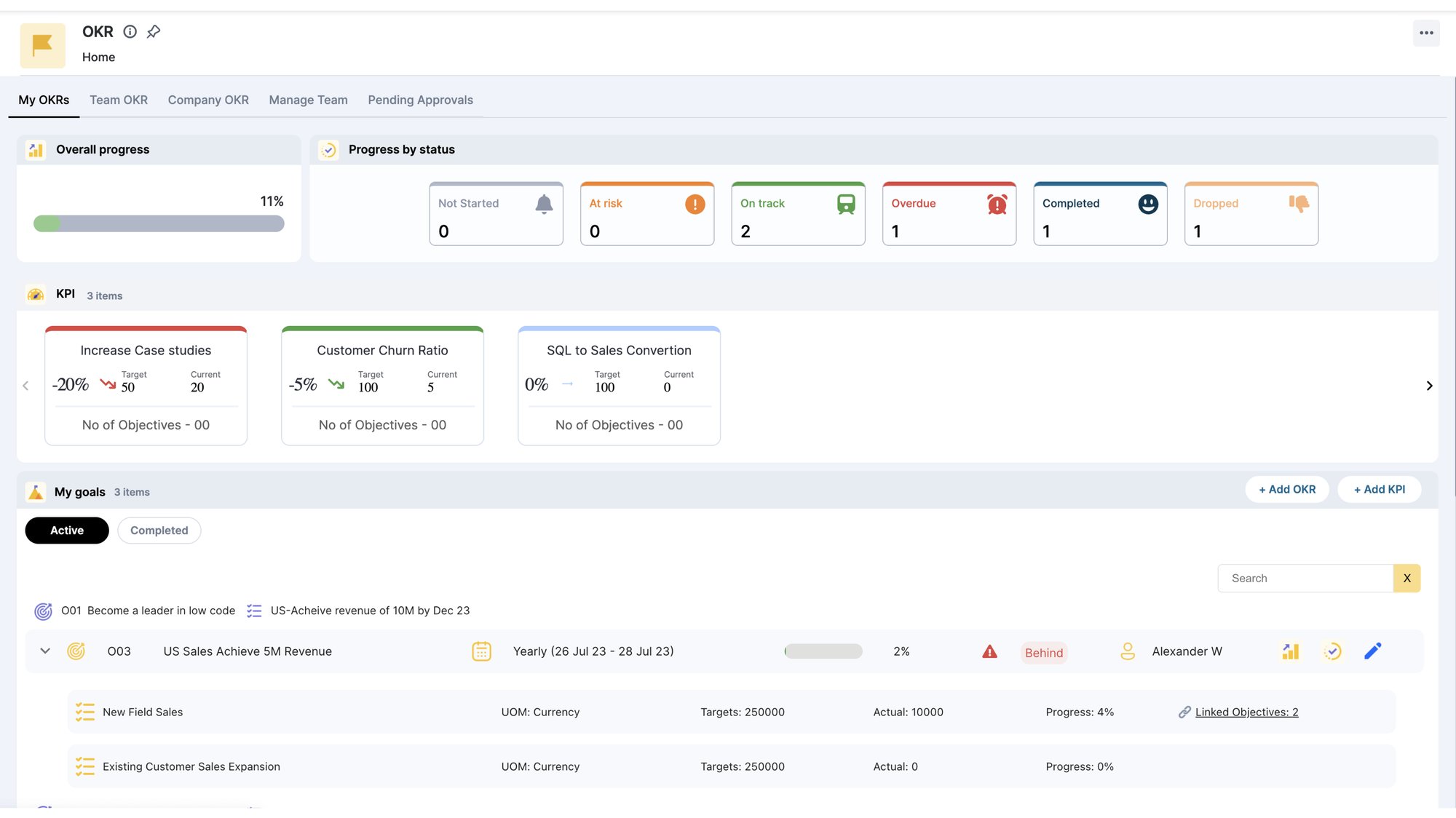Over the course of your project life cycle, you’ll have plenty of meetings with all your stakeholders that discuss statuses, progress, and issues. But the kickoff meeting is significant in its own right because it sets the tone and vision for the project’s future and determines the relationship that unfolds in the coming months.
The kickoff meeting helps you establish expectations and gather requirements before starting a project. There are no budgetary issues and change orders, well, at least for now. A well-executed kickoff meeting keeps everyone informed, motivated, and focused. Do it right and you’re already setting up your team for success.
What is a project kickoff meeting?
The project kickoff meeting is the first meeting between the stakeholders–the project manager, the client, and the team. The kickoff meeting orients the team about the project’s objectives and the clients’ requirements. The project manager usually hosts the meeting.
In project management, it takes place as soon as the contracts have been signed and there’s an agreement of the statement of work, the budget, and timelines. For a smaller project, it happens right after the project initiation. In projects that span multiple phases, it can happen at the beginning of a new phase.
What is the purpose of the kickoff meeting?
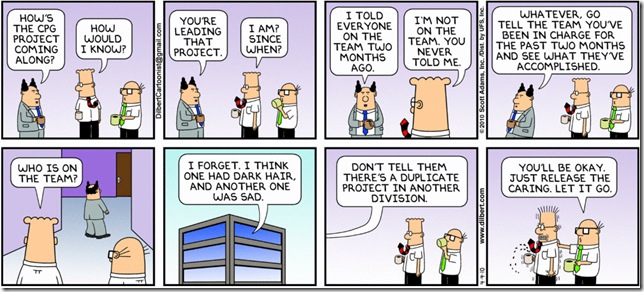
This Dilbert comic hilariously summarizes why every project needs to start with a kickoff meeting.
It’s sometimes the case that projects don’t go through an organized sequence of planning and execution. Ill-prepared teams jump into the execution phase without a proper project plan and, as a result, the stakeholders have varied levels of understanding of the project’s purpose and vision. This is exactly what the kickoff meeting aims to prevent.
The purpose of a kickoff meeting is to formally notify all project stakeholders that the project has begun. It serves to introduce the team and helps them understand the project’s requirements, the background, and what individual responsibilities are.
The meeting also sets realistic expectations and project milestones while acknowledging potential surprises that the team might encounter. It gives every stakeholder what success looks like and what needs to get done to get there. It’s a chance to bring everyone on the same page and set ground rules for working together effectively.
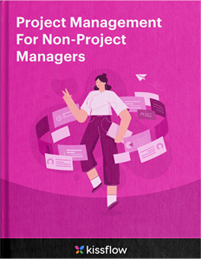
Want to learn project management but put off by jargon?
Learn what's important in the simplest ebook for non-project managers.
Download NowWhen to plan the kickoff meeting?
A great kickoff meeting doesn’t happen by itself; it requires deliberate planning and is a result of detailed preparation. Ask yourself these questions before you click send on the kickoff meeting invite:
- When is the right time to host the meeting?
- How long should the meeting be?
- Who should attend?
- What should be discussed?
- Where should it be held?
- What documents should you print?
- Do you bring coffee or donuts, or both?
What should a kickoff meeting agenda include?
Kickoff meeting agenda can be effectively used to install confidence in the client that the team is capable of completing the project successfully. You can get the team familiarized with one another and with the client. You can discuss the
- project objectives,
- constraints,
- deliverables, and
- project management methodologies.
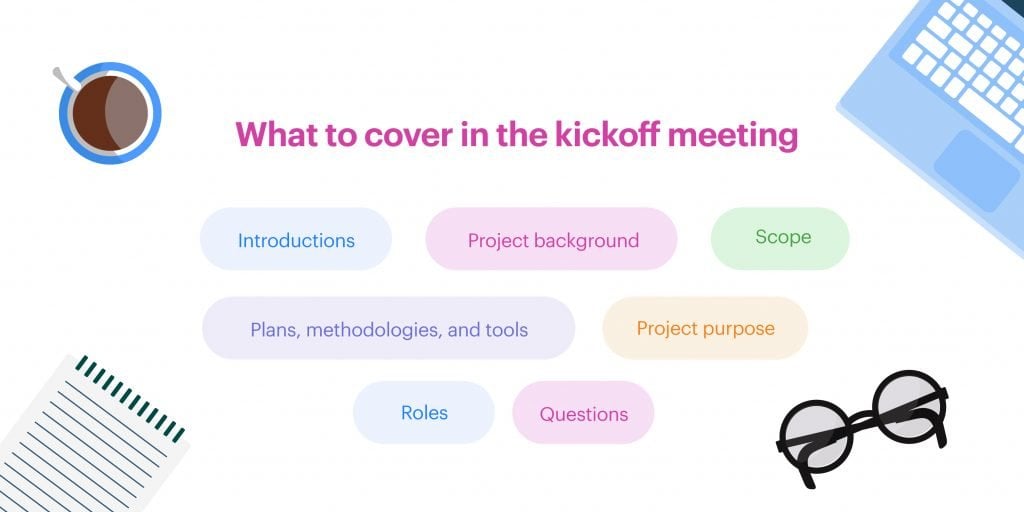
Here’s a complete checklist of things to cover in a kickoff meeting agenda:
1. Introductions
Typically in large companies, projects span across multiple business units and departments. There’s a chance that your project team is comprised of members who have not worked together before.
Plan an icebreaker session to ease the tension in the room. A relaxed atmosphere helps establish rapport among team members quickly. This is a great time for them to get to know each other on a personal level, build trust, and promote mutual understanding.
2. Project background
This short history lesson covers all the ideas that were brewed during the past meetings with the client so everyone involved can get up to speed. Share how you got to work on this project and the project charter, a business case that leads to this development. Address pain points and the needs that gave rise to this project.
3. Project purpose
To provide more clarity on the project, tell your team why you’re doing this project in the first place. Share the business drivers for initiating the project from the client’s perspective. Initiate a discussion on how this will make a difference in people’s lives and how it will meet their needs.
Helping everyone understand the purpose behind the project ensures that the team believes that they’re doing something worthwhile.
4. Scope
With the context set, it’s time to flesh out the details of the project. Explain the statement of work and the project deliverables so everyone understands their roles and responsibilities with respect to the outcome of the project.
Talk about the project scope in the beginning so team members can bring possible concerns about budgets and timelines if there are any. The scope should contain key features and functionalities.
It’s also a good time to reassess if the goals are realistic and achievable within the project constraints.
5. Plans, methodologies, and tools
Once everyone’s on the same page about the scope, discuss the approaches the team would take over the course of the projects. This covers the project management methodology the team will follow, project collaboration tools you’ll use as a communication tool to coordinate work for both internal teams and external vendors, and how you’ll deal with change requests.
6. Roles
Now that you’ve established what’s expected of the team, they’ll have a fair idea of how they fit in the project. You can map the individual roles and responsibilities both to the statement of work and the scope document.
It will be helpful to develop a RACI (responsible, accountable, consulted, informed) or DACI (driver, approver, contributor, informed) matrix to assign the roles to the team members. Using such a format will help the client understand the task breakdown.
7. Questions
No matter how detailed you have been, there are going to be questions. Allow team members to voice out their concerns and other specific questions. So, leave some time for a Q&A session at the end so team members and clients have a clear understanding of what the project entails and what’s required of them.
8. What’s next?
Conclude the meeting with what’s about to come next. This might include sharing an e-business card with relevant contact information, access to the software they’ll be using, and useful documents and resources. Every stakeholder needs to leave with the clarity of what they need to get started.
How to run an effective kickoff meeting?

Please, oh please, not like this!
An effective kickoff meeting establishes trust and transparency among the participants. It aligns everyone with the vision of the project and adds perspective for both team members and clients.
Here are some best practices on how to kick off a meeting:
1. Before the meeting
a. The pre-kickoff meeting
Have an internal meeting where you talk about the client’s background, their stakeholders, their problems, and the proposed solution so the team can come prepared for the actual kickoff.
b. Prepare everything
A good kickoff meeting is a result of great preparation. Find out as much you can about the client’s background and previous projects. Also, make copies of relevant documents and handouts that will be useful during the meeting. It’s also a good practice to ensure that the equipment like projectors are working properly to avoid the resulting awkwardness in front of the clients.
c. Send out a clear agenda
Share the complete agenda–the list of things to be covered in the meeting–with all the attendees.
2. During the meeting
a. Don’t delve too much into details
The point of the kickoff meeting is to get all stakeholders acquainted with the project and not to talk specifics like tasks and subtasks. There are other meetings for that.
b. Keep it brief
No one likes to sit in a meeting that goes on and on with no signs of coming to a close. The kickoff meeting should have a tight time limit and a focused agenda so everyone feels their time is being valued.
c. Don’t broadcast information
If it’s going to be a one-way conversation, you might as well have shared a document or a presentation. This meeting is an intersection of ideas and opinions. So make it a two-way street.
d. Ask for inputs from the attendees
The attendees are key stakeholders and they’ll have assumptions and views on the constraints and dependencies. Providing an open platform to voice out ideas, opinions, and concerns is key to an effective meeting.
e. Take notes
Assign a dedicated note-taker for the meeting or use meeting recording tool if possible and with permission. This will come particularly handy when a new member joins the team.
3. After the meeting
a. Send out meeting minutes
Share the meeting notes or a summary to all attendees as well as those who couldn’t attend so they can refer to it at any point.
b. Send an email
It’s quite often the case that some people don’t feel comfortable raising questions in a group seeing. Send out an email saying they could contact you for more information or if they have any questions.
Well begun is half done
The kickoff meeting is the first step toward the successful completion of the project. It helps you execute and complete the project with minimal obstruction. This is a moment where you can demonstrate your abilities and build the stakeholders’ confidence.
An effective meeting will make every attendee leave a clear understanding of the current situation and complete knowledge of everything that’s about to come. Do it right and you’ll hit the ground running in no time.
Start using the Kissflow Platform today to enhance your project management efficiency.

.png?width=2000&name=admin%20dashboard%20(2).png)
